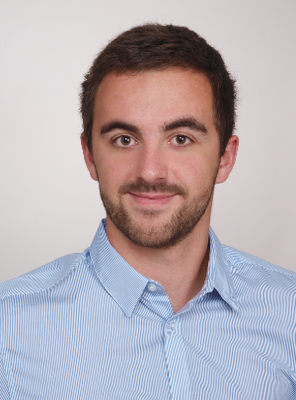Moritz Müller
Abstract
Rifamycins represent a group of natural substances that play a key role in the therapy for curing tuberculosis infections due to their antibiotic properties. They can be isolated from Actinomyces of the Amycolatopsis mediterranei type and have bactericidal activity by inhibiting RNA transcription and ultimately protein biosynthesis. The biosynthesis of rifamycin is carried out by a modular polyketide synthase I (PKS-I) which uses AHBA (3‑amino-5-hydroxybenzoic acid) as a starter unit for the subsequent successive formation of the polyketide backbone.
Following the concerning development of increasing rifamycin-resistant tuberculosis cases, it is worthwhile to obtain various new derivatives of rifamycin. The aim is to generate a derivative of rifamycin that has a higher binding affinity to the RNA-dependent DNA polymerase of M. Tuberculosis. Following the successful example of 24‑desmethylrifamycin B producing strains, an approach that will significantly expand existing possibilities, is the use of combinatorial biosynthesis. It can be used to modify the rifamycin biosynthesis cluster within the PKS-I in such ways, that domains of different modules are exchanged and, as a result, other units are used to extend the polyketide chain during the biosynthesis. An extender unit with a functional group could be altered by chemical modifications and enable multiple versions of a new derivative.
For the transmembrane transport of rifamycin B and its derivatives into the surrounding media the feedback-regulated genes rifQ and rifP are of central importance. RifQ (TetR family) acts in the early growth phase as a repressor for the expression of rifP. Rifamycin can remove repression by binding to RifQ. This leads to the production and integration of the RifP transporter into the membrane. The transmembrane transporter functions as an efflux pump via an electrochemical proton gradient. However, abstinence from the repressor RifQ can increase the production of rifamycin B without impairing the growth of the cells. The aim is to generate ΔrifQ mutants from derivative-producing strains, as these have been shown to produce derivatives such as 24‑desmethylrifamycin B at the expense of a lower yield.
Methods
- Manipulation of genes (knockout, combinatorial biosynthesis, etc.)
- Production and purification of natural compounds
- Cultivation and handling of Actinomyces




